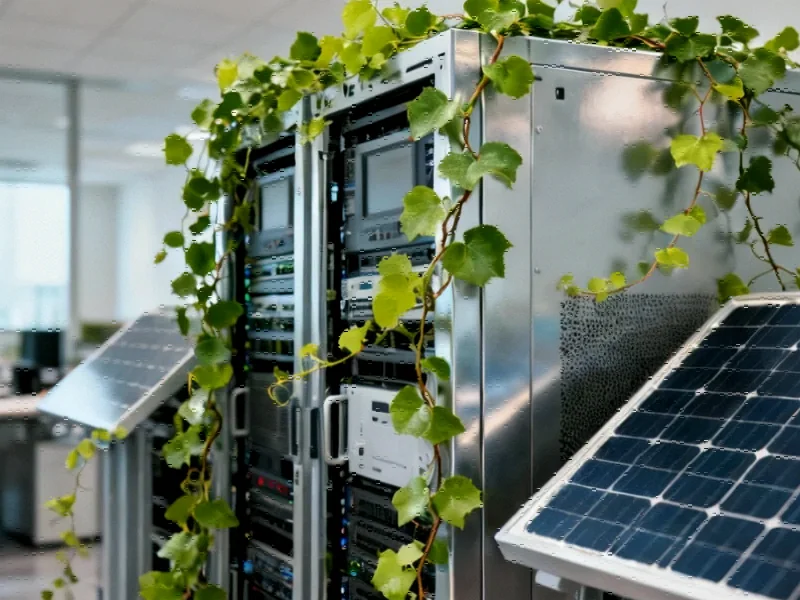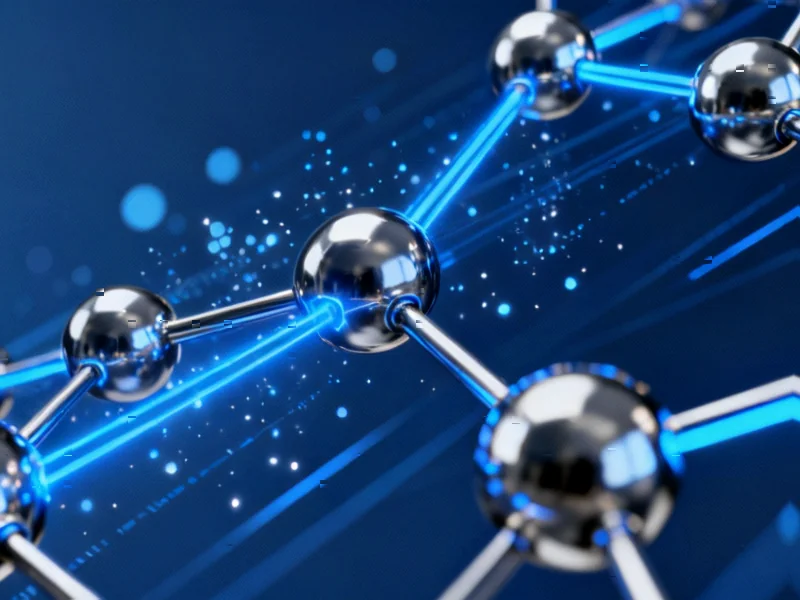According to engineerlive.com, Hyundai Motor Group held a high-level hydrogen strategy dialogue at the Asia-Pacific Economic Cooperation (APEC) CEO Summit Korea 2025 on October 30. Vice Chair Jaehoon Chang and Hydrogen Council CEO Ivana Jemelkova discussed the global hydrogen industry’s progress, revealing that $110 billion in capital has been committed across 510 hydrogen projects worldwide that have passed financial investment decisions. The Group announced concrete projects including a 1MW-class PEM electrolysis system in Buan and Boryeong, a 5MW-class system in Jeju, and a new fuel cell production plant in Ulsan, while highlighting global deployments from California to Australia. This comprehensive approach demonstrates Hyundai’s strategy to simultaneously drive both hydrogen supply and demand creation.
The Technical Backbone: PEM Electrolysis Scaling
Hyundai’s investment in polymer electrolyte membrane electrolysis represents a critical technological pivot point for green hydrogen production. Unlike traditional alkaline electrolyzers, PEM systems offer faster response times and higher purity output, making them ideal for pairing with intermittent renewable energy sources. The progression from 1MW to 5MW-class systems indicates Hyundai is moving beyond pilot-scale demonstrations toward commercially viable production capacity. The Jeju project’s comprehensive approach suggests they’re testing the entire value chain from production to mobility applications in a controlled island environment—a smart strategy for proving reliability before broader deployment.
Localized Manufacturing as Competitive Advantage
The new Ulsan fuel cell production plant represents more than just capacity expansion—it’s a strategic move to control critical components and reduce supply chain vulnerabilities. By localizing fuel cell manufacturing in Korea, Hyundai gains several advantages: reduced import dependencies, faster iteration cycles for technology improvements, and potentially lower costs through vertical integration. This approach mirrors Tesla’s battery strategy with Gigafactories, recognizing that controlling core technology manufacturing provides competitive moats in emerging industries. The timing is particularly strategic given increasing geopolitical tensions around clean energy supply chains.
The Demand-Supply Conundrum
Hyundai’s simultaneous push on both supply infrastructure and demand creation reveals a sophisticated understanding of the hydrogen chicken-and-egg problem. Most failed alternative fuel initiatives stumbled by focusing on one side of the equation—either building infrastructure without vehicles or producing vehicles without refueling networks. Hyundai’s deployment of XCIENT fuel cell trucks in logistics operations creates captive fleets with predictable routes, enabling targeted infrastructure investment. The global port operations strategy is particularly clever, as ports represent concentrated demand centers with existing industrial hydrogen uses that can be expanded.
The Policy Risk Factor
Despite the $110 billion in committed capital that Chang and Jemelkova highlighted, hydrogen’s scalability remains heavily dependent on sustained policy support. The technology currently faces a fundamental cost disadvantage against both battery electric vehicles and conventional fuels without subsidies or carbon pricing. Hyundai’s global diversification—deploying in California, Australia, and Korea—represents a hedge against regional policy volatility. However, the long-term collaboration between governments and industry that Chang emphasized will need to translate into stable, multi-decade regulatory frameworks to justify the massive capital investments required.
Waste-to-Hydrogen: The Dark Horse
Hyundai’s mention of waste-to-hydrogen technology deserves more attention than it typically receives. This approach could potentially solve two problems simultaneously: waste management and clean fuel production. By converting municipal solid waste or agricultural residues into hydrogen, Hyundai could achieve lower production costs while addressing environmental waste issues. The technology could also provide more consistent hydrogen production compared to purely renewable-dependent electrolysis, creating a more reliable supply backbone for the emerging hydrogen economy. This diversified production approach suggests Hyundai is thinking beyond the obvious solutions to build resilience into their hydrogen strategy.




